![]()
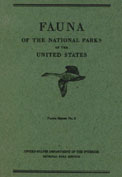
Fauna Series No. 2
![]() Part II
Part II
Fauna of the National Parks
of the United States
PART II
REPORT CONCERNING OVERGRAZING AS A LANDSCAPE PROBLEM
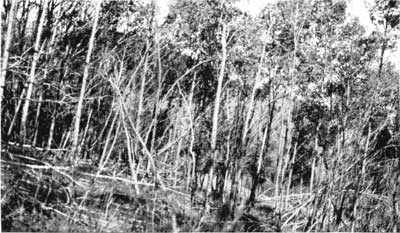
Figure 51. – The final result : Old trees dying,
reproduction a mass of dead sticks, and the aspen grove falling to
pieces. This is characteristic of Yellowstone's and Rocky Mountain's
overcrowded elk winter range.
(Photograph taken September 17, 1933,
on Tower Falls Road, Yellowsone. Wildlife Division No. 3281.)
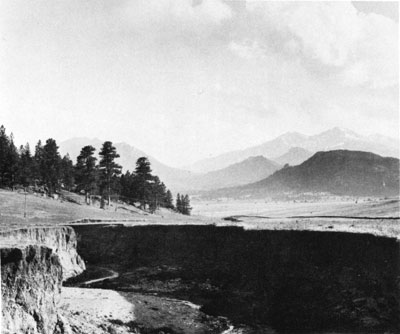
Figure 52. – Erosion symphony — the beautiful
meadows of Estes Park, gutted out to the tune of thousands of tons
of fertile soil annually. This particular gully is probably the result
of overgrazing plus a misplaced road which at one time meandered up
the natural drainage course of the meadlow. But the scene is also
characteristic of a number of parks and monuments in the Southwest.
(Photograph taken June 23, 1931, Estes Park, Rocky Mountain. Wildlife
Division No. 1991.)
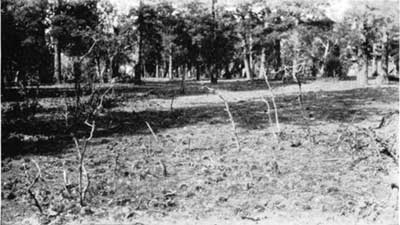
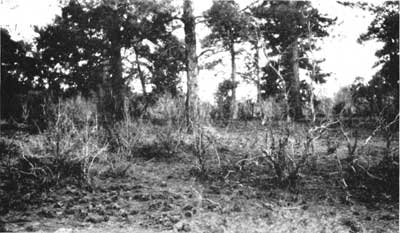
Figures 53 & 54. – Scenes along East Rim
Drive in Grand Canyon — all that is left of dense growth of
Gamble Oak and Cowania. Cattle grazing within the park is the
explanation.
(Photographs taken June, 4, 1933, near Grand View,
Grand Canyon. Wildlife Division Nos. 3299 and 3294.)
NEXT> Photo Collection (continued)
Top
Last Modified: Tues, Feb 1 2000 07:08:48 pm PDT
http://www.cr.nps.gov/history/online_books/fauna2/fauna3c1c.htm
![]()